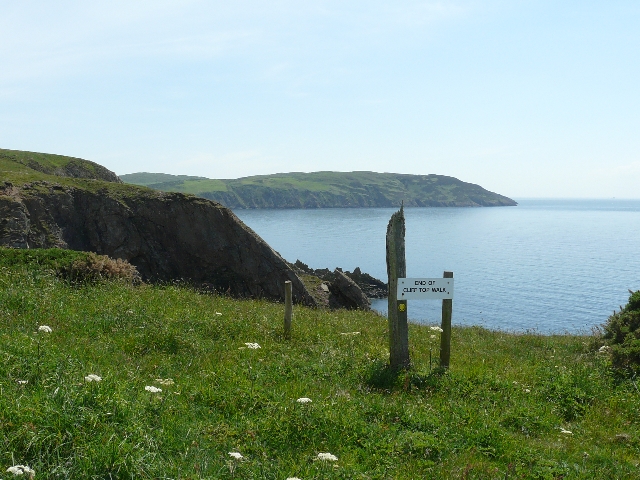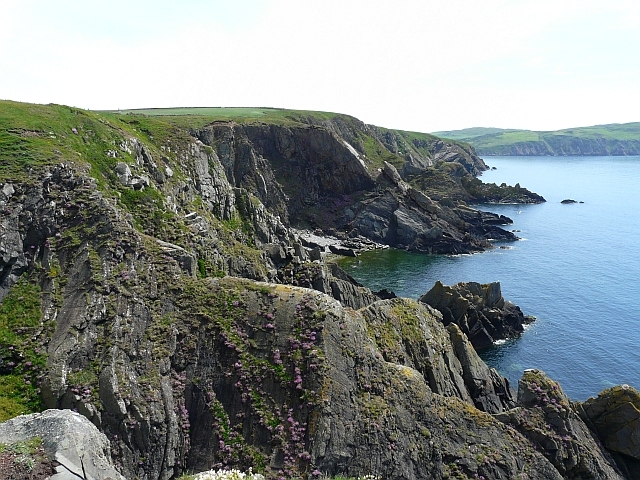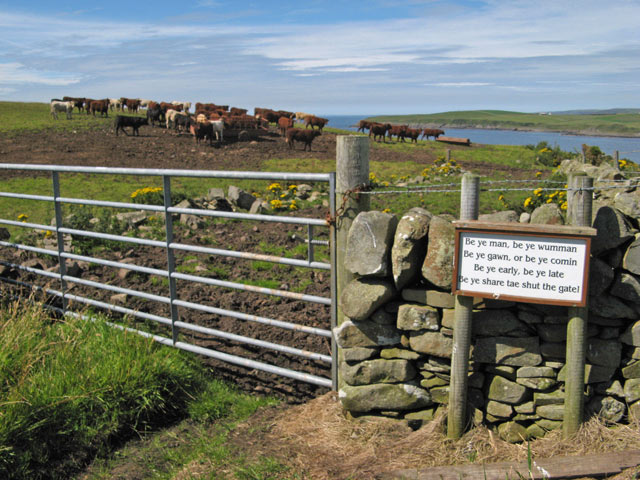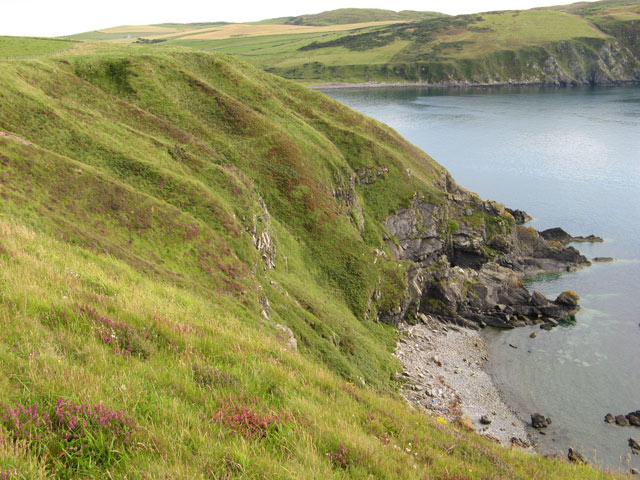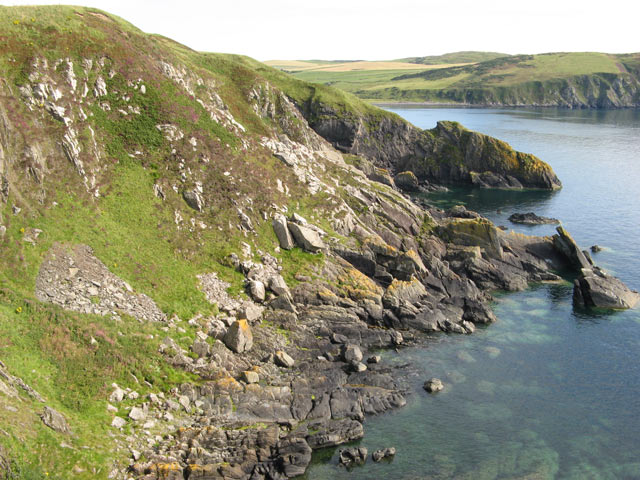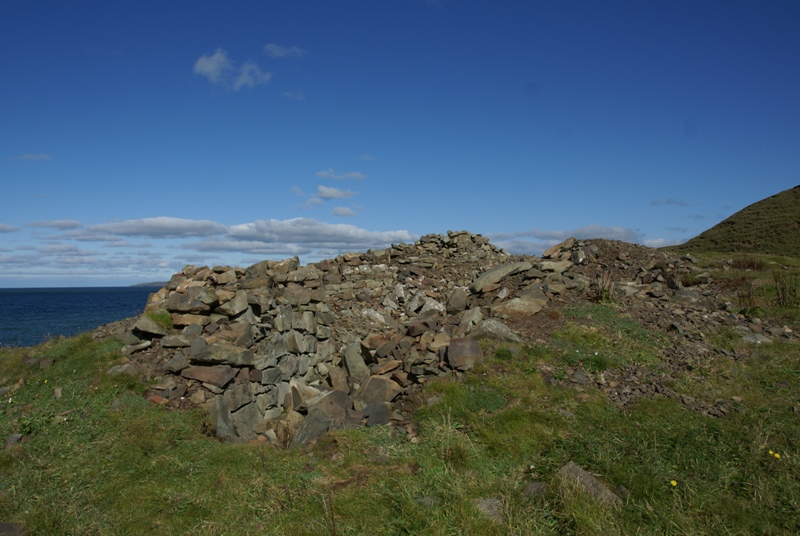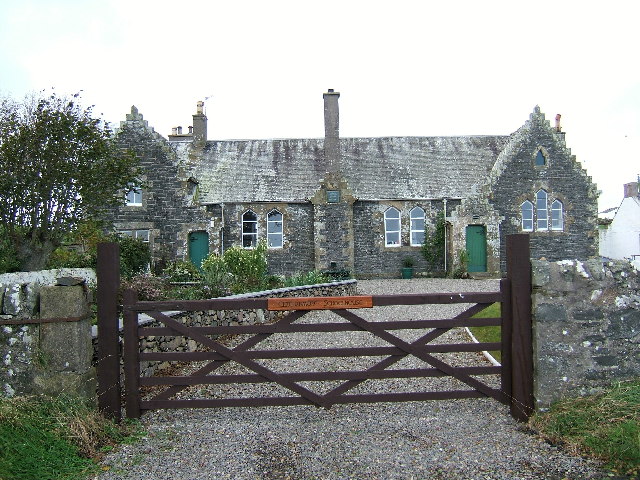Slouchnamorroch Bay
Bay in Wigtownshire
Scotland
Slouchnamorroch Bay
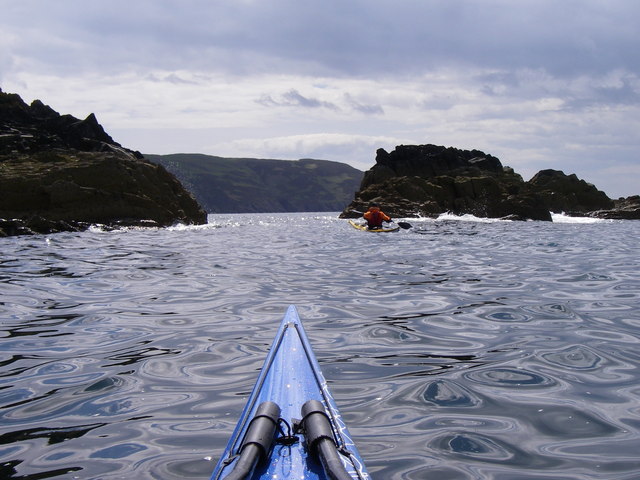
Slouchnamorroch Bay is a picturesque coastal bay located in Wigtownshire, a district in the Dumfries and Galloway region of southwestern Scotland. Situated on the western coast of the country, it is nestled between the towns of Port William and Monreith.
The bay stretches over an approximate length of 2 kilometers and is characterized by its sandy shores, rocky cliffs, and stunning views of the Irish Sea. The bay is a popular destination for visitors and locals alike, offering a tranquil and peaceful atmosphere for relaxation and enjoyment.
The natural beauty of Slouchnamorroch Bay is enhanced by the surrounding landscape, which features rolling hills and verdant fields. The bay is home to a diverse range of wildlife, including various species of birds, seals, and occasionally dolphins. Birdwatchers often flock to the area to catch glimpses of rare and migratory birds that visit the bay.
The bay's proximity to the nearby towns of Port William and Monreith makes it easily accessible for visitors. It also offers a range of recreational activities, such as swimming, fishing, and beachcombing. The bay is particularly renowned for its fishing opportunities, with local anglers often casting their lines in hopes of catching salmon, sea trout, and various other species.
Overall, Slouchnamorroch Bay is a picturesque and serene location that showcases the natural beauty of Scotland's western coastline. Its sandy beaches, rocky cliffs, and diverse wildlife make it a popular destination for nature lovers and those seeking a peaceful retreat.
If you have any feedback on the listing, please let us know in the comments section below.
Slouchnamorroch Bay Images
Images are sourced within 2km of 54.711843/-4.961771 or Grid Reference NX0939. Thanks to Geograph Open Source API. All images are credited.
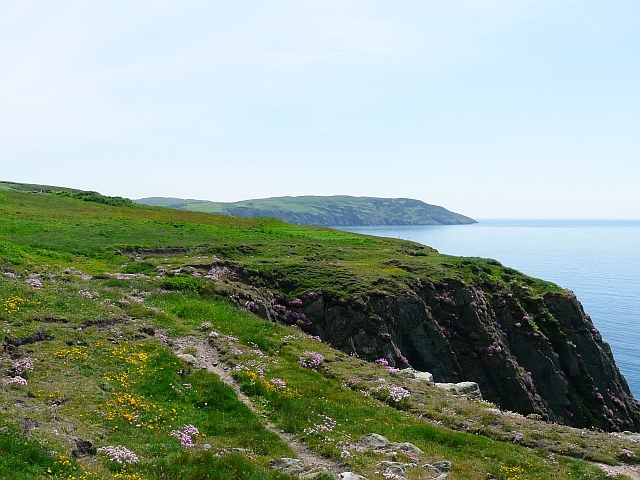
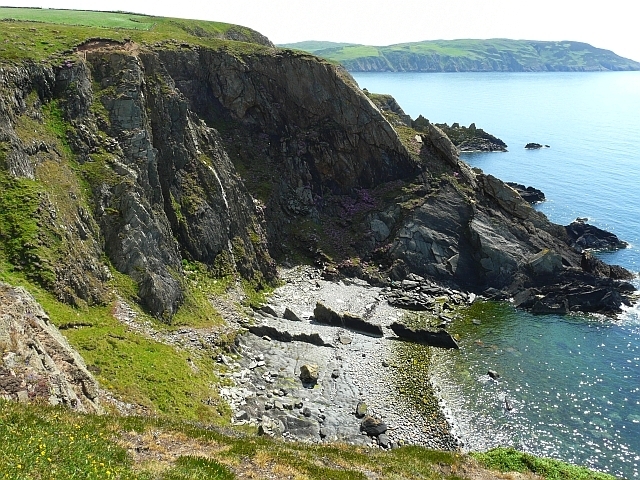
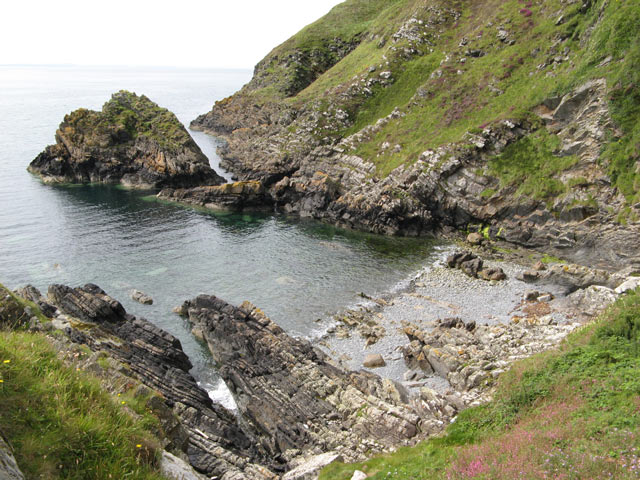


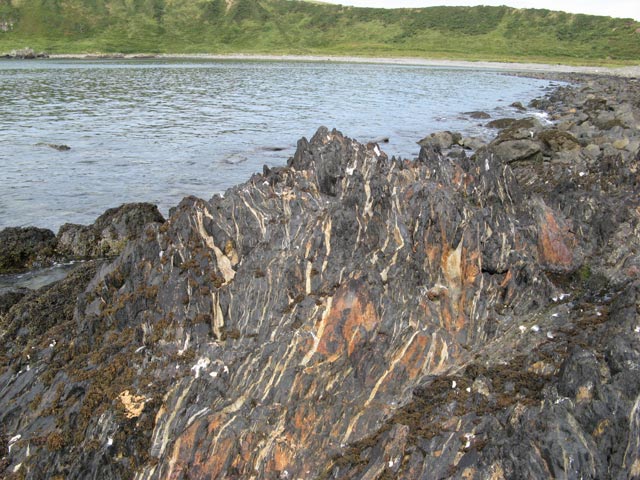
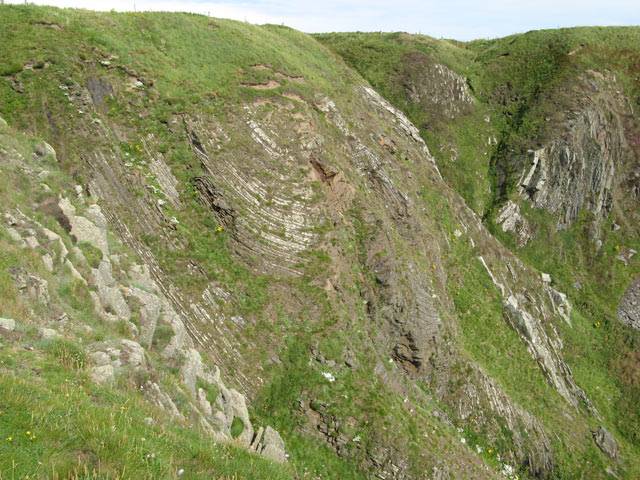
Slouchnamorroch Bay is located at Grid Ref: NX0939 (Lat: 54.711843, Lng: -4.961771)
Unitary Authority: Dumfries and Galloway
Police Authority: Dumfries and Galloway
What 3 Words
///forwarded.prefect.return. Near Drummore, Dumfries & Galloway
Nearby Locations
Related Wikis
Port Logan
Port Logan, formerly Port Nessock, is a small village in the parish of Kirkmaiden in the Rhins of Galloway in Wigtownshire. The Gaelic name is Port Neasaig...
Logan Botanic Garden
Logan Botanic Garden is a botanical garden near Port Logan on the Rhins of Galloway, at the south-western tip of Scotland. The Botanic Garden was established...
Kirkmaiden
Kirkmaiden is a parish in the Rhins of Galloway, the most southerly in Scotland; the present Church of Scotland parish has the same name as and is approximately...
Kirkmaiden (village)
Kirkmaiden (sometimes Maidenkirk; Scottish Gaelic: Cill M'Eudan) is a small settlement in Galloway, Scotland, located approximately 17 miles (27 km) south...
Drummore
Drummore (drum-ORE; (from Gaelic An Druim Mòr meaning "the great ridge") is the southernmost village in Scotland, located at the southern end of the Rhins...
Doon Castle Broch
Doon Castle Broch is an iron-age broch located in Dumfries and Galloway, Scotland (grid reference NX 06702 44683). == Location == The Broch is located...
Ardwell
Ardwell (from Gaelic Àrd Bhaile meaning "high town", pronounced as "Ardwell") is a village in the Scottish unitary council area of Dumfries and Galloway...
Clachanmore
Clachanmore is a village in the South Rhins of Galloway near Ardwell in the south west of Scotland. It has also been known as Low Ardwell.The name of the...
Nearby Amenities
Located within 500m of 54.711843,-4.961771Have you been to Slouchnamorroch Bay?
Leave your review of Slouchnamorroch Bay below (or comments, questions and feedback).
